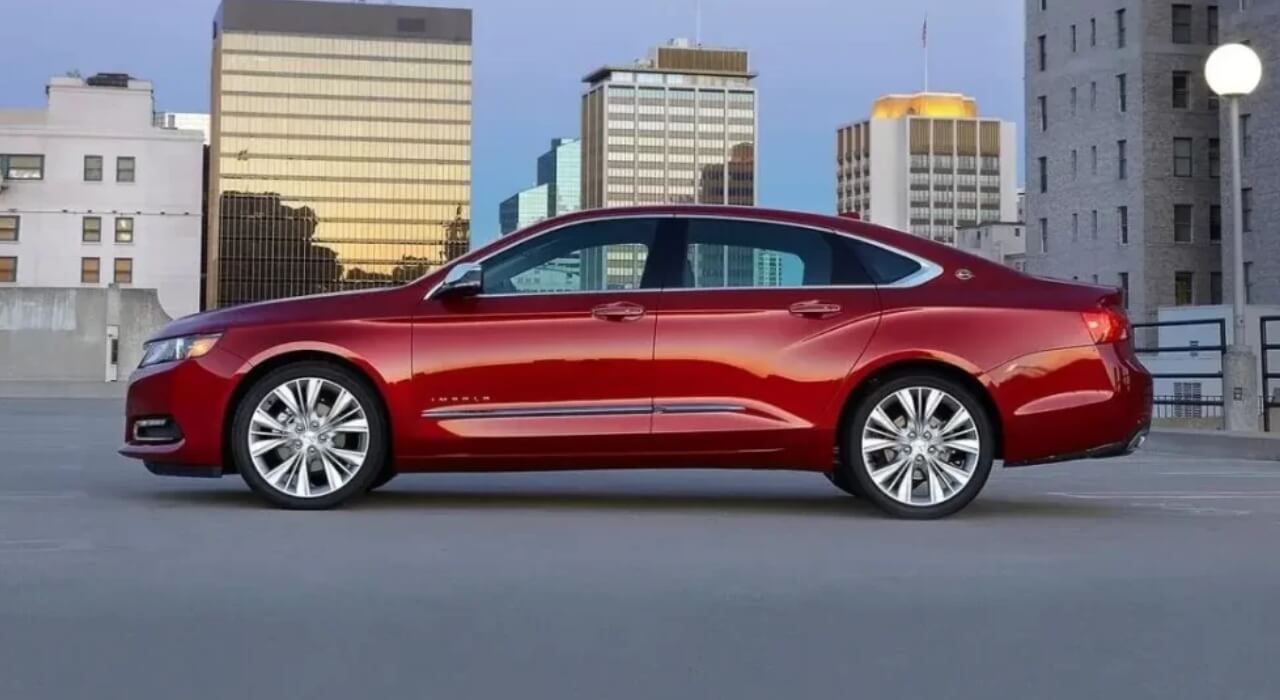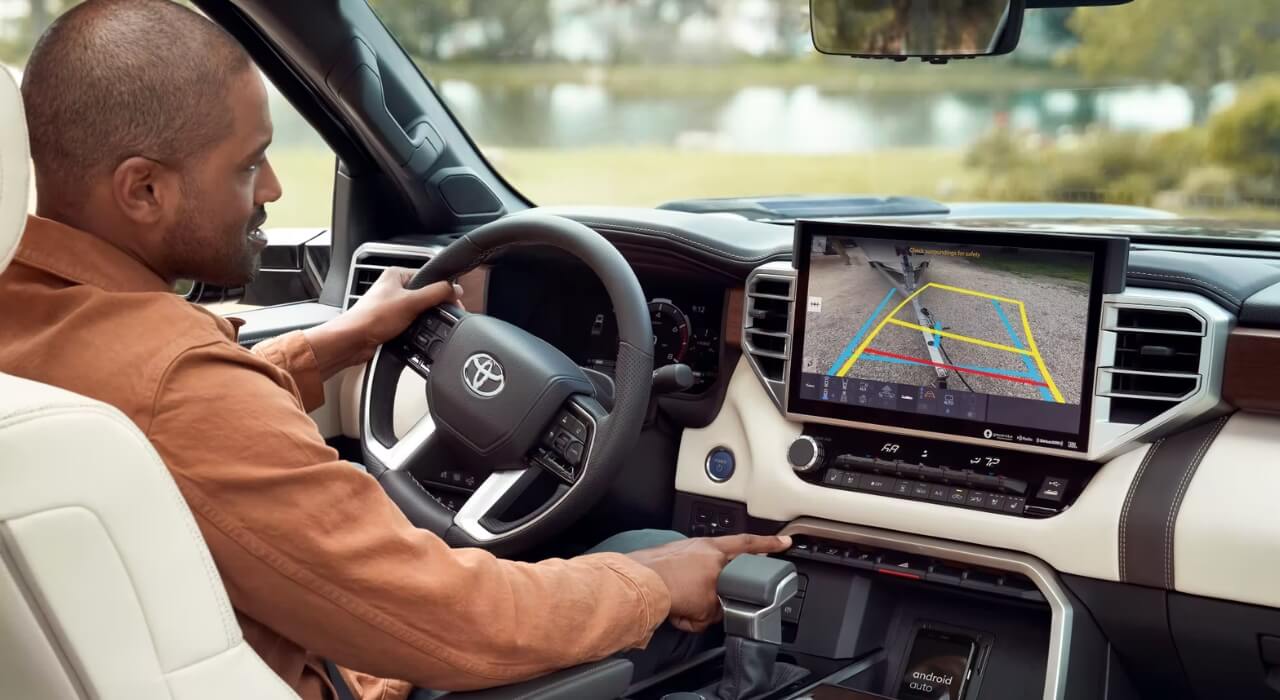By familiarizing yourself with the know-how, you don’t only have power; it is like you have taken away the safety risk and reliability, and in the case of buying a second-hand car, you have hundreds of dollars saved. This is where the VIN decoder takes the place of the literal. For instance, a VIN can be a car’s fingerprint, and a VIN decoder is a tool that can translate and bring much information about a vehicle from when it was built on the assembly line.
However, the VIN decoder works in which and for which group of people it is best? This guide on VIN decoder talks about the layers it peels back, why it is essential for everyone interested in the automotive industry, and why one should remember it.
Understanding the VIN
Before explaining a VIN, we must understand its importance in the automotive environment. A VIN is a string of characters or numbers used to identify a vehicle and collect data for various purposes. The VIN, or Vehicle Identification Number, is a 17-character alphanumeric code – automotive social security number, if you wish – unique to each vehicle. It is somehow like a “bio” that indicates the “Home,” model, make, year, engine model, and serial number, which is exclusively for a particular vehicle or just a specific one.
The beginning was when VIN was used to quickly find stolen cars and pair up sales records with provided automobiles and their registration documents. The fact that this sequence of letters was used as a word may distract one initially, but the implications of this are crucial today.
The Functionality of a VIN Decoder
A VIN code can tell much more about a vehicle than merely a make and model. The pattern of the characters in the VIN can indicate the year of production, engine type, and body type. A VIN decoder is the miracle that breaks the code and gives the vehicle a report containing many vital pieces of information. Here are the key areas a VIN decoder navigates:
Suggestion: How To Settle A Car Accident Claim Without A Lawyer In 2024?
Vehicle Specifications
From the type of engine to interior and exterior colors, a VIN decoder sketches out the specs of a vehicle in detail. This is particularly useful for car enthusiasts, mechanics, and individuals who wish to know everything about their potential purchase or current ride.
The Manufacturer (World Manufacturer Identifier)
The first three digits of a VIN are the World Manufacturer Identifier (WMI). It pinpoints the u. S . And precise manufacturer, disclosing whether your car hails from the U.S., Europe, or any other known meeting line globally.
Vehicle Identifier Section (VIS)
Digits 4 via 9 constitute the Vehicle Identifier Section (VIS) and are used to identify your vehicle. This is where you’ll find the make, model, frame, restraint machine, transmission kind, engine code, test digit, and manufacturing year.
Check Digit
The ninth digit is the mysterious check digit. It’s calculated using the other 16 VIN characters and ensures their accuracy. Essentially, it’s a fraud protection measure built into the VIN system.
Model Year
The 10th digit is the model year. In the 1980s, the National Highway Traffic Safety Administration (NHTSA) enforced the requirement for all on-road vehicles to have a VIN that is 17 characters long, with the year included. Before this, vehicle VIN plates could vary in length.
Manufacturing Plant
Digit 11 identifies the vehicle’s assembly plant and, similarly to the WMI, provides insight into the vehicle’s origin.
Vehicle Serial Number
Digits 12 through 17 make up the Vehicle Serial Number (VSN). This number is unique to an individual automobile and offers the means to track a car throughout its life, regardless of any alterations or renames of vehicle models.
Also Check: Best Honda Civic Years You Should Know Before Buying.
Who Should Utilize a VIN Decoder?
The versatility of information provided by a VIN decoder opens its utility to a broad spectrum of users:
The Second-Hand Car Shopper
Unfortunately, the devil lies within the info when shopping for a used automobile. A VIN decoder is designed to mitigate such worries by giving a vast range of information about the vehicle and beyond. It can also consist of car injuries, provider records, and their possession repute. The tranquility finished from believing the facts inside the investments are well worth an arm and a leg.
Mechanics and Auto Professionals
Recognizing a problem by understanding the vehicle’s details is essential for repairing, servicing, and replacing parts. Mechanics and auto professionals utilize a VIN tool to unravel the mystery of a vehicle’s system by unlocking its inner secrets.
Law Enforcement and Insurance Agencies
Law enforcement agencies do this to correctly identify stolen vehicles by checking the VINs. This is usually done for both legal and law enforcement purposes. In addition, VINs can be used by insurance companies to compute correct coverage and access accurate claims history.
Enthusiasts and Collectors
The VIN codes used by fans and collectors to confirm the facts and lineage of their prized cars or artifacts may also be used by them to prove the authenticity of the collectible pieces.
Dealer and Reseller Market
Whoever understands selling and buying vehicles has the correct and on-time information power. Dealers have VIN decoders, which help them to ensure deals are transparent and of the highest standards. At the same time, resellers and flippers would market their vehicles by price research and advertising correctly.
The Inner Workings of a VIN Decode
Implementing a VIN decoder is complex. Data must be drawn from various sources, including federal databases, vehicle history reports, and manufacturer records. Decoding a VIN involves parsing the 17 characters and querying various datasets to compile a comprehensive vehicle history report. Here’s how a VIN decode typically proceeds:
Popular Post: Best Lockable Pin For Trailer Hitch At Affordable Prices
- Validation: The first step is to authenticate the VIN’s structure and check for any digits out of place, which could indicate a fabricated or misreported VIN.
- Basic Information Retrieval: The WMI, VIS, check digit, model year, and VSN are extracted. This alone provides a breadth of foundational information about the vehicle.
- Advanced Searches: The decoder then uses the VIN to scour multiple databases. This can range from state title records to airbag deployment specialists. The objective is to form a complete profile of the vehicle.
- Data Compilation: The information is then compiled into an easy-to-read report that can be accessed online or through an API. This report often includes accident and theft records, title data, mechanical history, etc.
Choosing the Right VIN Decoder Service
Not all VIN decoder services are created equal. Some may provide more comprehensive reports, while others specialize in certain data types. When selecting a VIN decoder tool or service, consider the following:
- Comprehensiveness: Look for a decoder that provides the most complete array of data. The more sources the decoder scours, the better.
- Real-Time Access: Ensure the service offers up-to-the-minute information from relevant databases.
- User-Friendly Interface: The best decoder is one that’s easy to use, with reports that are clear to understand.
- Cost: While some services offer a free decode, more detailed information often requires payment or a subscription. Weigh the cost against the value of the data for your particular needs.
Building Your Own VIN Decoder
Growing a VIN decoder can be an exciting venture for developers with a hobby in car engineering or statistics evaluation. To get commenced, you may need:
- Vehicle Data Source: Access a robust vehicle database with a broad spectrum of vehicle models with life details.
- VIN Parsing Algorithm: An algorithm that can accurately read and parse a VIN for each character’s specific information.
- Relational Database: A system for storing, querying, and updating the decoded information for retrieval.
- API Integration: A well-designed API is necessary if your decoder interfaces with other services.
- Security Measures: To handle the sensitive nature of vehicle and owner data, robust security measures must be in place.
- Regular Maintenance: A decoder must be maintained to adjust to changes in VIN structures or data sources.
The Future of VIN Decoding

There is an age of digital transformation, and it is in the automotive sector. So, for companies and people, it is their right to know vehicle data that they can rely on, and they will find it through decoding the vehicle identification number tool. Beyond VIN decoding in the future, it can be a matter of more API interfaces and real-time data funneling with Help With Scholarship Essay.
With each digit a part of a vehicle’s identity, understanding the power of decoding it is more than trivia—it’s a pursuit of accuracy and assurance. Whether you’re making your next used car purchase or are an auto industry professional, the VIN decoder is more than just a convenience; it’s the guardian of your trust in an automotive universe teeming with stories ready to be told and lessons waiting to be learned.



















